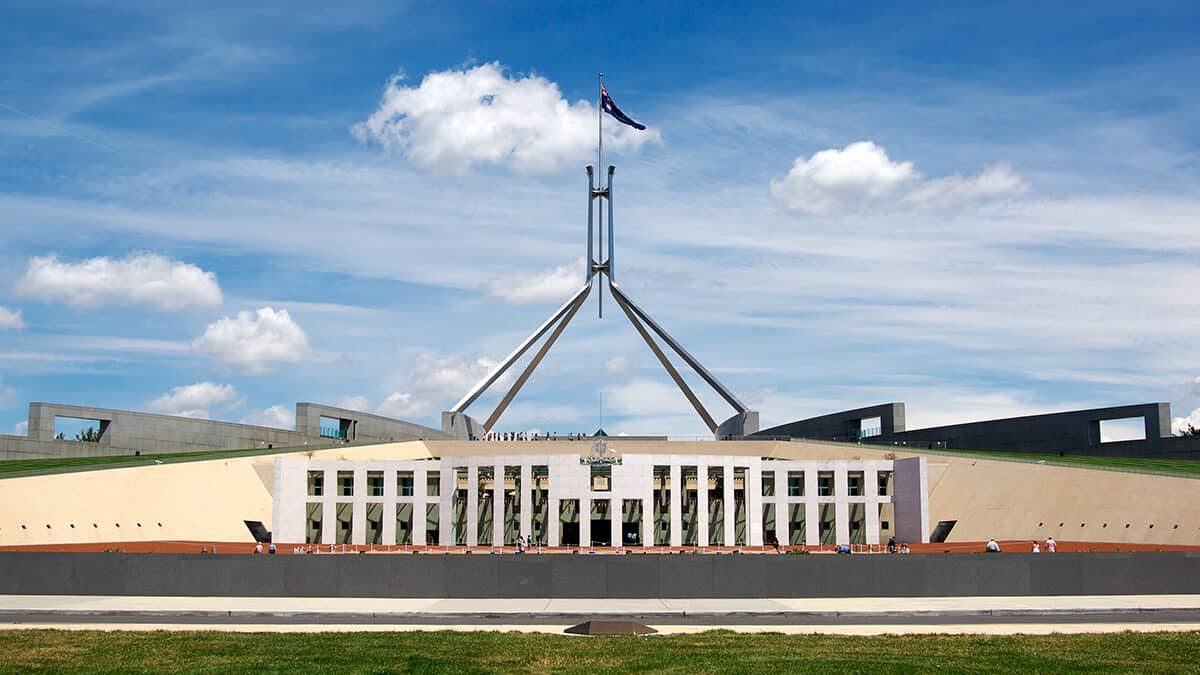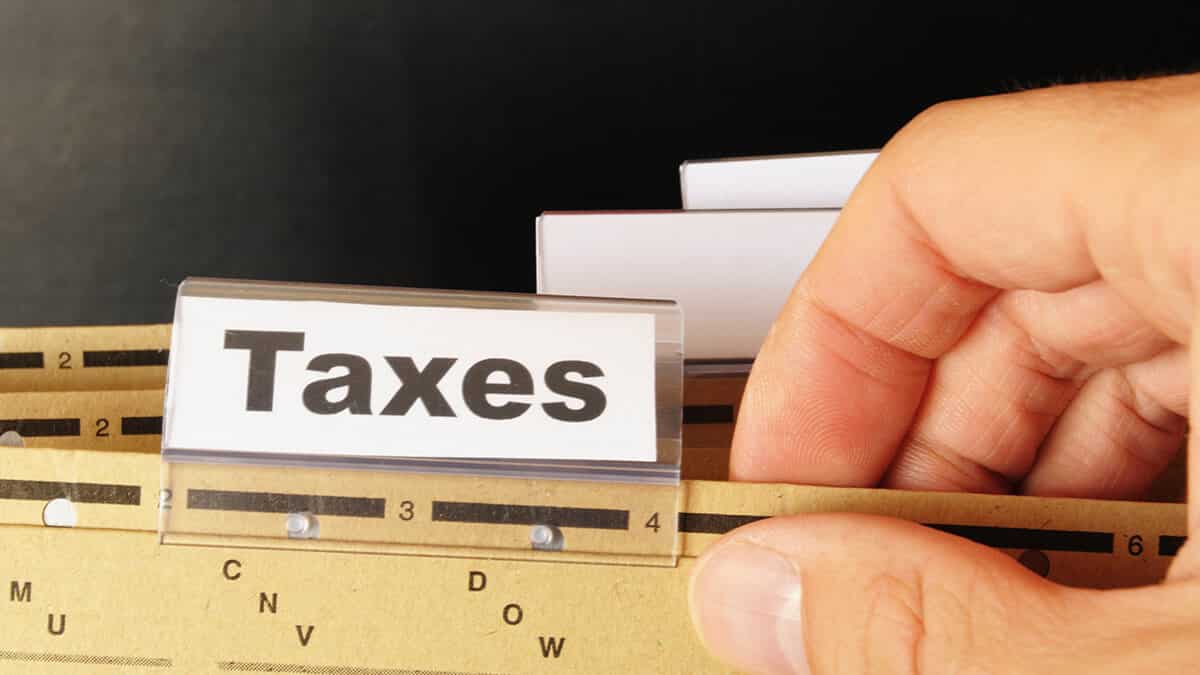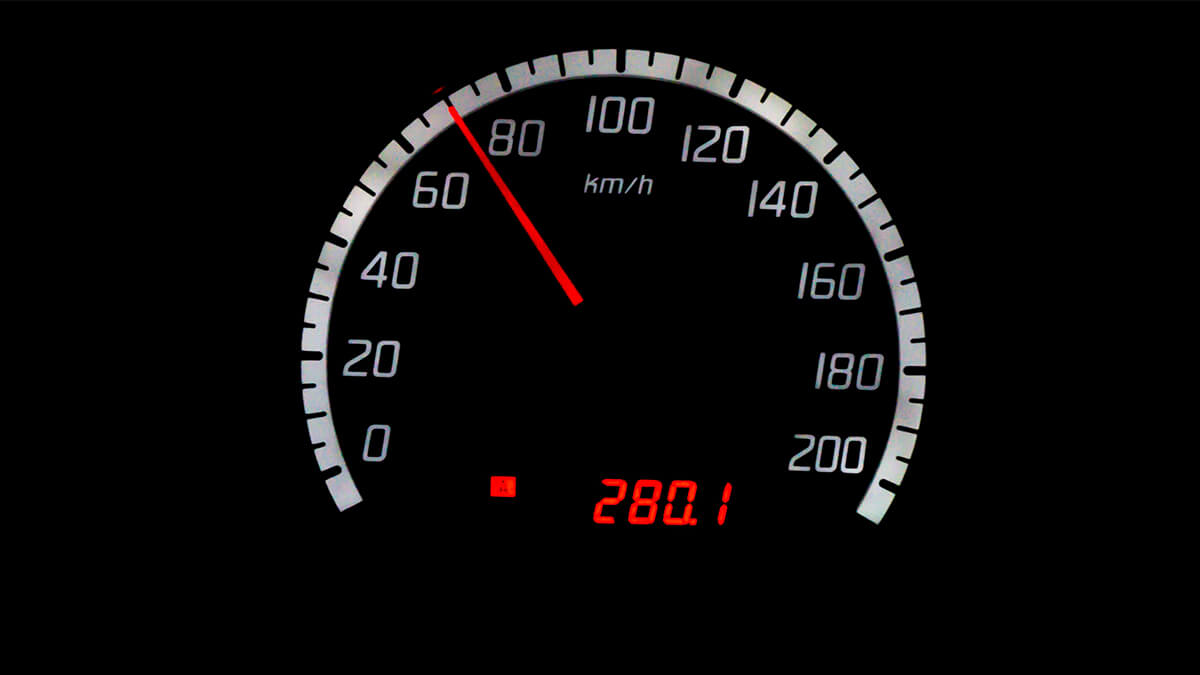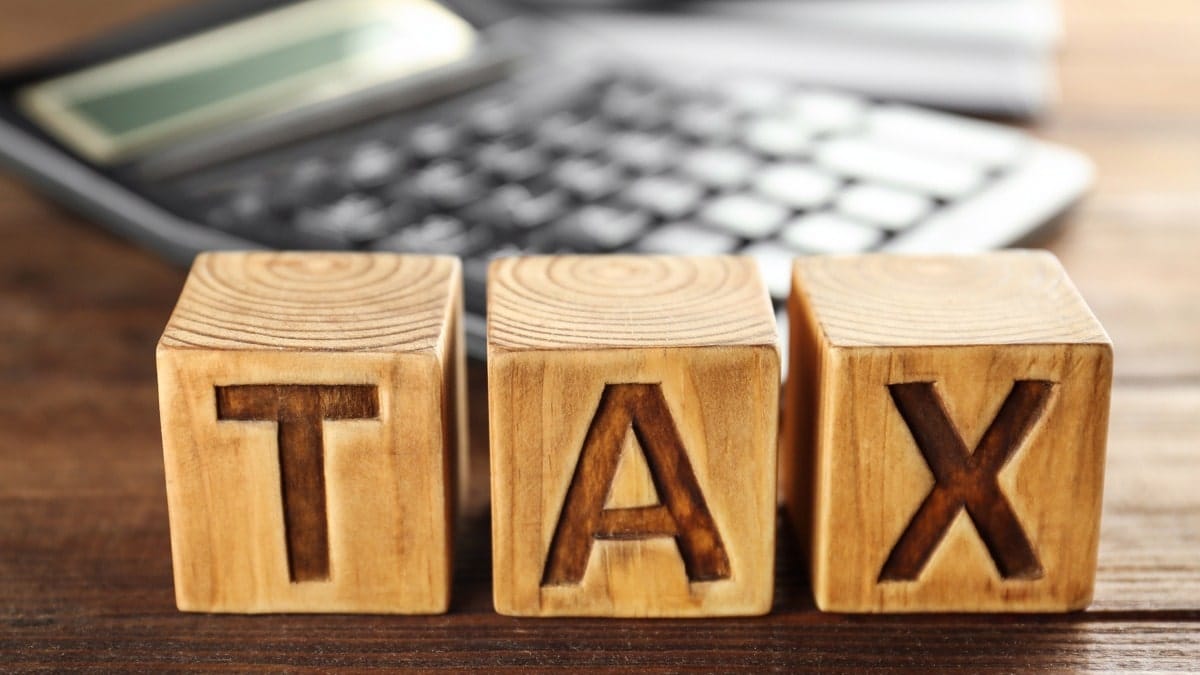In this guide
Important: Although this proposed measure is scheduled to begin from 1 July 2025, it had not become law before 1 December 2024, and may not be passed before the 2025 Federal Election.
In February 2023, in an effort to head off a bruising ‘super war’ ahead of the May 2023 Budget, the Albanese Government announced it planned to introduce a new earnings tax for people with more than $3 million in super.
On 3 October, Treasury released draft legislation and invited responses in a narrow window up until 18 October 2023. Many industry insiders take this limited consultation as a signal that the government is unlikely to budge on the substance of its proposed legislation.
Background
Currently, earnings from super in accumulation phase are taxed at the concessional rate of up to 15% while earnings from super in retirement phase are tax free. This will continue for the 99.5% of Australians with less than $3 million in super.
In February 2023, Labor announced that from 1 July 2025 the concessional tax rate applied to future earnings that relate to the portion of an individual’s super balance above $3 million would double to 30%. This is still well below the top marginal tax rate of 45% and would bring the taxation of super for wealthier individuals in line with the corporate rate. However, the draft legislation reveals that the operation of the new tax will not be this simple or clear cut – more on that later.
Despite recent speculation, the government does not propose a limit on the size of superannuation balances.
Also, the government’s proposal does not change the concessional tax rate on contributions to your super account made by your employer or by you before tax.
More controversially, treasurer Chalmers said he had no plans to index the $3 million threshold at which the higher tax rates will apply. This means more people will be above the threshold over time as super balances increase.
“My intention is not to index it because we need to make superannuation more sustainable over time,” he said.
So, what does this all mean?
Summary of the proposed changes
The new measure, which we now know will be called Division 296 tax, will apply to individuals with total superannuation balances (TSBs) over $3 million at the end of a financial year. Contrary to the government’s initial announcement, it is not a doubling of super earnings tax. It is a completely new tax applied to a newly defined concept of ‘earnings’ at the rate of 15%.
The existing 15% tax on earnings for accounts in the accumulation phase (excluding untaxed constitutionally protected funds) is applied only to the taxable income of the fund. This includes dividends, rent, realised capital gains, interest and so on. Capital gains discounts, franking credits and other deductions reduce the actual internal tax rate of APRA regulated funds to an average of 7%.
Requiring large funds to apply a different rate of tax to the assets of the fund supporting members with TSBs above $3 million would be impractical if not impossible, so the proposed Division 296 tax is the compromise solution. It applies not to the taxable income of the fund, like the existing earnings tax, but instead to a portion of the change in the affected individual’s account balance. As widely criticised, this means the tax captures unrealised capital gains.
It will apply only to earnings related to the portion of an individual’s account balance that is above $3 million. This means if your balance is only a little over the threshold, a correspondingly small proportion of your earnings will attract extra tax.
Broadly speaking, the proposed changes are as follows:











